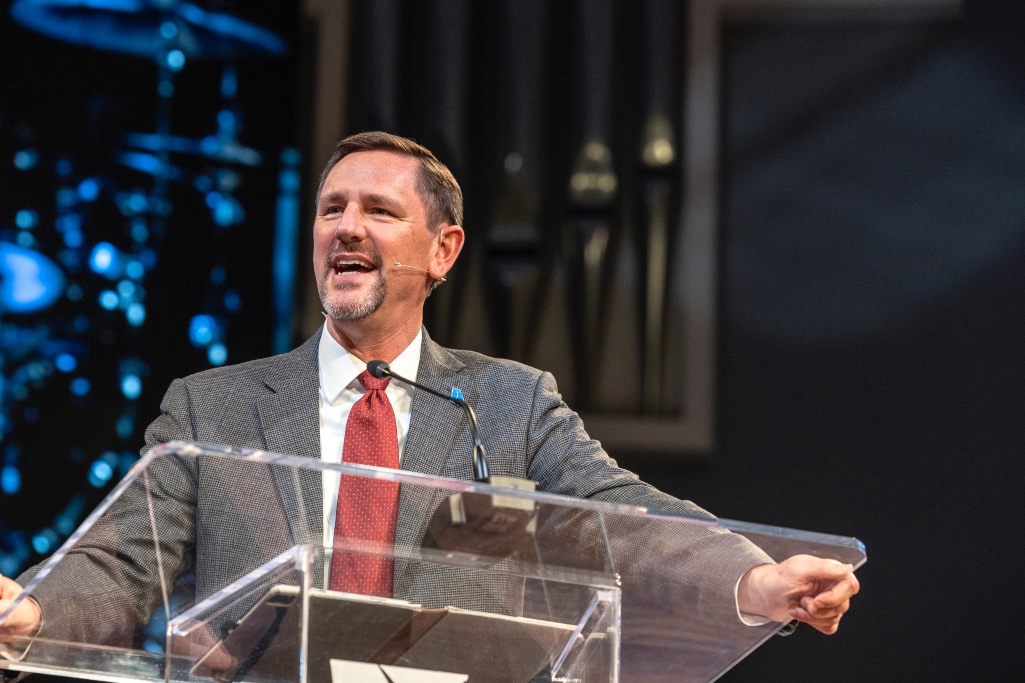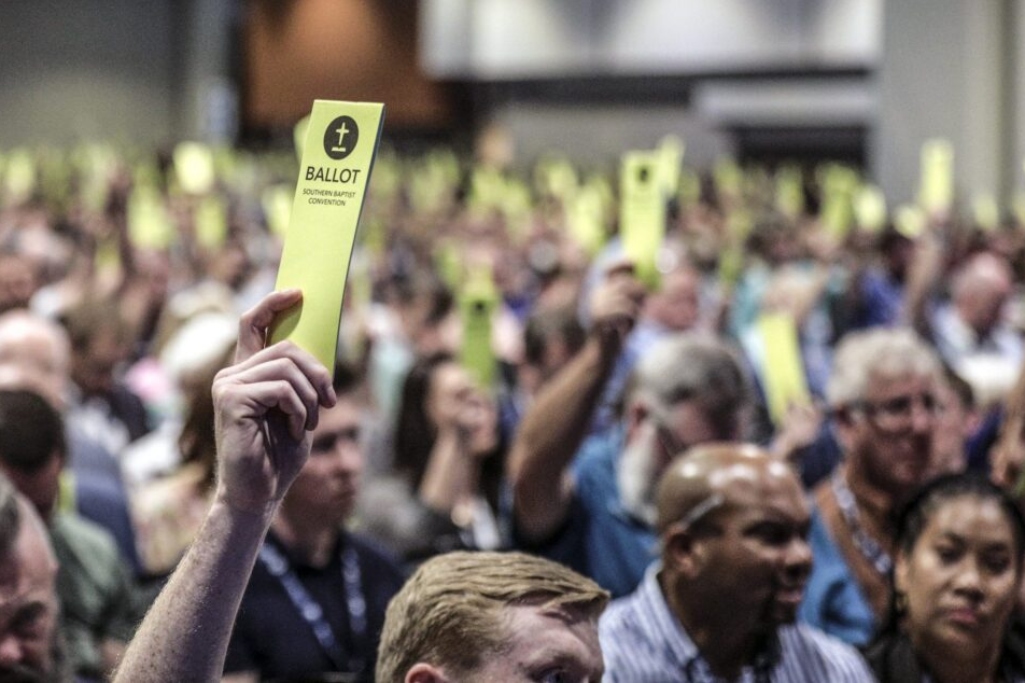Numbers are neither the reason the Southern Baptist Convention (SBC) exists nor the best thing we do together. However, the Annual Church Profile (ACP) process exhibits the voluntary cooperation between local churches, associations, state conventions and the national entities.
Therefore, the participation rate among churches each year is an indication of our level of cooperation. Unfortunately, the indicators of cooperation are not heading in the right direction.
Last year, the ACP participation rate was the lowest ever recorded, and the national totals were reported later than ever before because of a delay in reporting. And the 2011 national statistics, which LifeWay reported in April, included fewer common items than any previous year.
These changes may be an indication that some churches no longer value their connection to the SBC, but I am guessing it is because many do not see the importance of the ACP.
The most basic product of the ACP is an annual list of who we are as a group of churches who voluntarily cooperate with each other. I recall in the aftermath of Hurricane Katrina, local associations and state conventions, with the support of national entities, were able to check on every Southern Baptist church in the affected areas. The value of our cooperation was never more evident than when we saw independent churches with no one coming to their aid or even knowing to check on them in those first critical days.
The second primary benefit the ACP provides is statistical measures and benchmarks. Facts are our friends, and they help us hold ourselves accountable. Accurate measurement says something about the church, the association, the state convention, and the SBC as a whole. Clearly the items reported on the ACP do not measure everything that matters in a church, but it is hard to argue that the types of information requested don’t matter. In fact, most churches already compile the requested statistics for their own use.
Every week SBC churches are counting attendance and offerings. Every month they are checking their membership totals. And, each year most churches note their VBS attendance and missions participation.
I am aware some pastors question why they should share their church’s information with the convention. But, I am also aware that what we measure points to what we value. If we want SBC churches to grow, want new SBC churches to be added, want more individuals to be involved in Bible study and missions, and want churches to cooperate in Great Commission giving, we should be willing to measure our progress.
For 2011, a list of 14 common items was requested from every state convention. Common items worded the same in every state allow these statistics to be combined as national totals. Some states also ask supplemental questions based on the needs of their state convention.
Unfortunately, every state did not ask all of the 14 common items in 2011, so the national totals will include additional calculations and footnotes where the item cannot be determined for the entire SBC. Over the next few weeks many validation checks will occur on data from each state convention, looking for items that appear to be a mistake or are inconsistent. LifeWay notifies each state convention of items that need to be checked and even prioritizes the oddities to ensure those that would most impact national totals are addressed first. The later the data is received, the less time is available for validation and follow-up.
In most cases this checking involves the state convention contacting the local church or association to make sure information is correct. This is not always easy, but timely trouble-shooting by the state conventions makes for more accurate data and allows national totals to be reported on time. When one group is late the entire process must wait.
When LifeWay reports the 2011 statistics, we will no doubt highlight which numbers have increased and which have decreased. But don’t miss the other story in these numbers – the story of cooperation. Each number is a symbol of our cooperation, each total a sum of our unity. So, pastor, please lead your church to report in 2012. State convention leaders, please lead your convention to report in a timely and common fashion (for 2011 and 2012) so that we can report these numbers sooner – and better – to more effectively serve us all. And, thanks for the opportunity to cooperate with you each year in this process.
(EDITOR’S NOTE – Ed Stetzer is vice president of research and ministry development at LifeWay Christian Resources. LifeWay Research coordinates the Southern Baptist Convention’s Annual Church Profile reporting system.)


